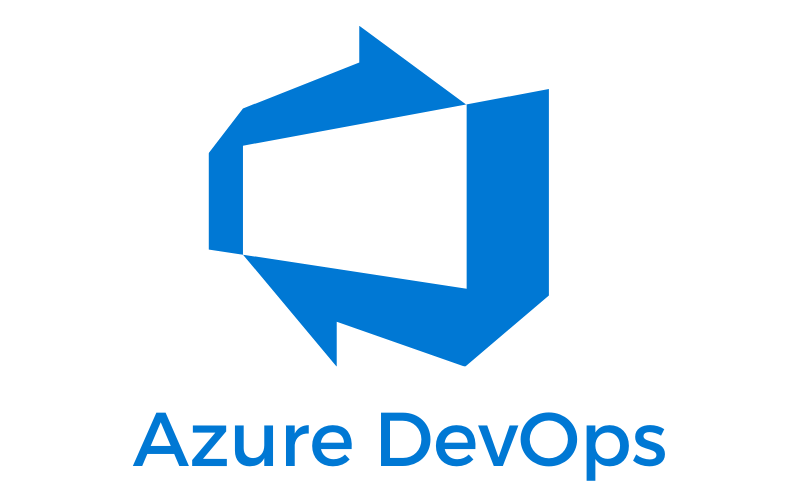In the world of modern software development, agility and efficiency are paramount. One of the key tools enabling these principles is Azure DevOps Pipeline. This powerful tool allows developers to automate builds, tests, and deployments, streamlining the entire software delivery process.
What is Azure DevOps Pipeline?
Azure DevOps Pipeline is a cloud service that allows you to automatically build, test, and deploy your code to any platform. It supports multiple programming languages, application types, and deployment targets, making it a versatile solution for teams of all sizes.
Key Features and Benefits:
-
Integration: Azure DevOps Pipeline seamlessly integrates with other Azure services like Azure Repos, Azure Artifacts, and Azure Boards, providing a comprehensive solution for managing your entire development lifecycle.
-
Scalability: Whether you’re working on a small project or a large enterprise application, Azure DevOps Pipeline scales effortlessly to meet your needs. It supports parallel and multi-stage pipelines, allowing you to optimize your build and release processes for maximum efficiency.
-
Flexibility: With support for YAML-based configuration, Azure DevOps Pipeline gives you full control over your build and release definitions. You can define custom triggers, variables, and conditions to tailor the pipeline to your specific requirements.
-
Security: Azure DevOps Pipeline integrates seamlessly with Azure Active Directory, allowing you to manage user access and permissions with ease. You can restrict access to sensitive resources and enforce security policies to protect your code and data.
-
Insights: Azure DevOps Pipeline provides detailed insights into your build and release processes through rich dashboards and analytics. You can track build durations, success rates, and error trends to identify bottlenecks and optimize performance.
Getting Started:
Setting up a basic pipeline in Azure DevOps is quick and easy. Follow these steps to get started:
-
Create a new project: Log in to your Azure DevOps account and create a new project for your application.
-
Configure your repository: Choose your preferred version control system (e.g., Git, TFVC) and import your code repository into Azure Repos.
-
Define your pipeline: Navigate to the Pipelines section and create a new pipeline using the visual designer or YAML editor. Define your build and release stages, including tasks for building, testing, and deploying your application.
-
Trigger your pipeline: Configure triggers to automatically start your pipeline whenever changes are made to your code repository. You can set up triggers for specific branches, pull requests, or scheduled intervals.
-
Monitor and optimize: Monitor the performance of your pipeline using the built-in dashboards and logs. Identify areas for improvement and iterate on your pipeline configuration to achieve faster build times and smoother deployments.
Conclusion:
Azure DevOps Pipeline is a game-changer for modern software development, empowering teams to deliver high-quality software faster and more efficiently than ever before. By automating the build and release process, developers can focus on what they do best—writing code—while Azure DevOps takes care of the rest.
Whether you’re building a simple web application or a complex enterprise solution, Azure DevOps Pipeline has the tools and capabilities you need to succeed. Get started today and experience the power of continuous integration and continuous deployment with Azure DevOps Pipeline.

